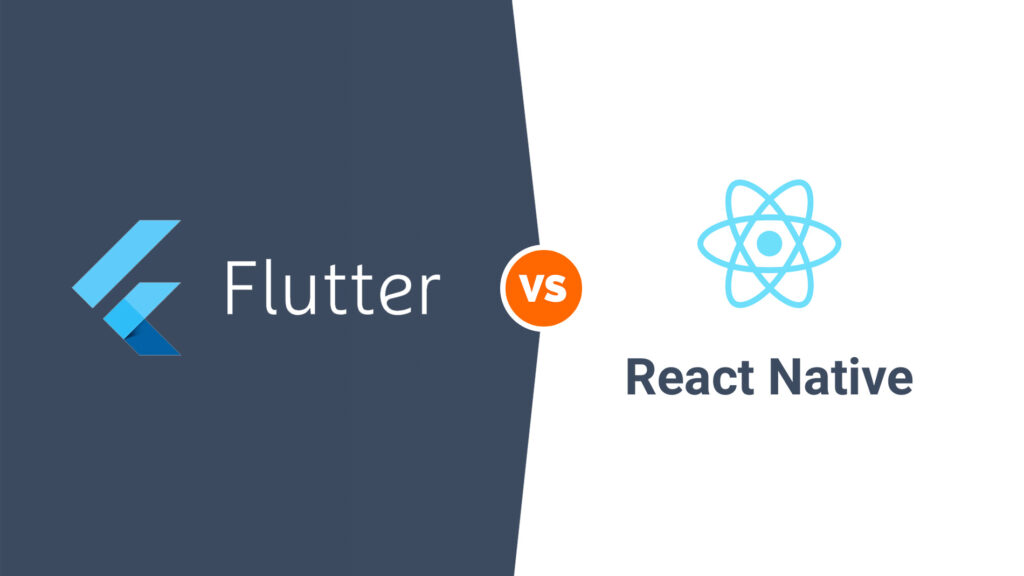How do you decide between React Native and Flutter once you\’re ready to go on the exciting road of creating mobile apps? According to a recent research, in 2023, 45% of developers use React Native to create apps, compared to 40% who use Flutter. Only 15% of users select Cordova, another most-in-use framework.These are capable to crate feature-rich, powerful mobile apps fast and efficiently. But the big question remains – which one is better?
Let’s explore the strength and weaknesses of these two frameworks and see which one suits your app-building style-
React Native: The Wise Old Owl from Facebook
React Native, the brainchild of Facebook that\’s been in the game since 2015. This well-designed framework lets you create mobile apps using JavaScript and React, and the best part? You can reuse your code across different platforms.
What Makes React Native Worthy to Use:
- React Native is consists with a mature ecosystem with loads of third-party libraries to help you build your app smoothly.
- Developers can write a single codebase for both iOS and Android platforms, significantly reducing development time and effort.
But Here are Some Downside:
- While React Native is pretty smooth, sometimes its reliance on native bridges between JavaScript and native code can slow things down. Imagine that you\’re dancing to a good beat, but there\’s a tiny stumble now and then. That’s what can happen with performance in some cases.
- When you want to show off some fancy moves with complex features requiring native functionality, you might have to do some extra hustle. Creating custom native modules can take a bit more time and effort, but yes, ultimately it’sall about the style.
Flutter: The New Kid with Swag from Google
Flutter- introduced by Google in 2017. It\’s a UI toolkit that lets you create stunning apps using the Dart programming language. Flutter boasts a high-performance rendering engine, which directly contributes to the smooth and fluid user experience.
Flutter\’s Funky Moves:
- Flutter\’s \”skia\” engine is like a booster for performance, rendering UI components with lightning speed! Say goodbye to jitters and lag – your app is going to be as smooth as silk!
- Just like React Native, Flutter also knows how to jam with hot reload. You make changes, and they pop up instantly.
- Flutter provides customizable widgets, so you can create a stunning UI that\’ll make everyone impressed. It\’s like having a fashion show for your app – stylish, versatile, and utterly fabulous!
Watch Out for These Footsteps:
- Flutter uses Dart as its primary language, so if you\’re used to other languages like JavaScript, there might be a tiny learning curve.
- While Flutter\’s ecosystem is growing like wildfire, it might not have as many third-party libraries as React Native.
Which Platform Wins the Battle? It\’s Your Call!
Deciding between React Native and Flutter is like choosing the perfect dance partner. It all comes down to your project\’s needs and your development team\’s preferred style. So,
- Go for React Native if speed and code reusability are your thing and you\’re already grooving with JavaScript and React.
- But if you\’re looking to create stunning apps with minimal performance compromises go for Flutter. It is great for projects that prioritize exceptional performance and a visually appealing UI.
Whatever framework you choose, you can\’t go wrong with either choice.React Native and Flutter have proven themselves as top contenders in the mobile app world.

